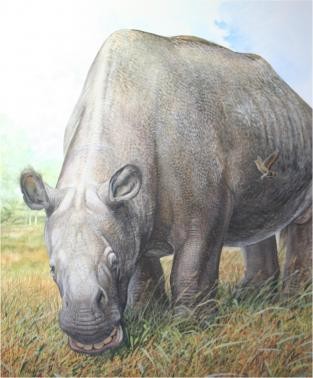A molecular analysis of a 12, 000-year-old fossils' protein molecules has revealed the origins of Charles Darwin's "strangest animal ever discovered" from the South America. The study, that focused on the animals' native ungulates, a group of hoofed mammals which included Toxodon- a beast as big as an elephant with a body similar to rhinoceros, teeth like that of rats, and head the same as hippopotamus, was published in Nature Journal, Wednesday.
With the use of a technique called "proteomic analysis", the scientists examined 48 fossils from the remains of two of Darwin's discovery 180 years prior in Argentina and Uruguay- the Macrauchenia patachonica and Toxodon platensis.
Darwin, back then, suspected that the animal was a family member of the rodents, while a few other scientists have suggested that Toxodon and its kin were more related to elephants and Aardvarks.
The American Museum of Natural History representative, Dr. Ross MacPhee, said in a statement, "This is what puzzled Darwin and his collaborator Richard Owen so much in the early 19th century. With all of these conflicting signals, they couldn't say whether these ungulates were related to giant rodents, or elephants, or camels, or what have you."
However, the protein analysis of the ancient fossils performed by Ian Barnes of London's Natural History Museum showed that such creatures descended from condylarths, a mammalian group. Condylarths are closely related to persissodactyls- hoofed, odd-toed mammals that are represented by tapirs, rhinos, and horses in the modern era, the NBC News reported.
"Although the bones of these animals had been studied for over 180 years, no clear picture of their origins had been reached," Barnes shared.



























